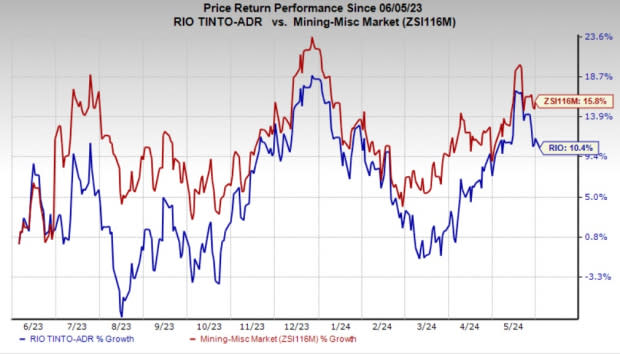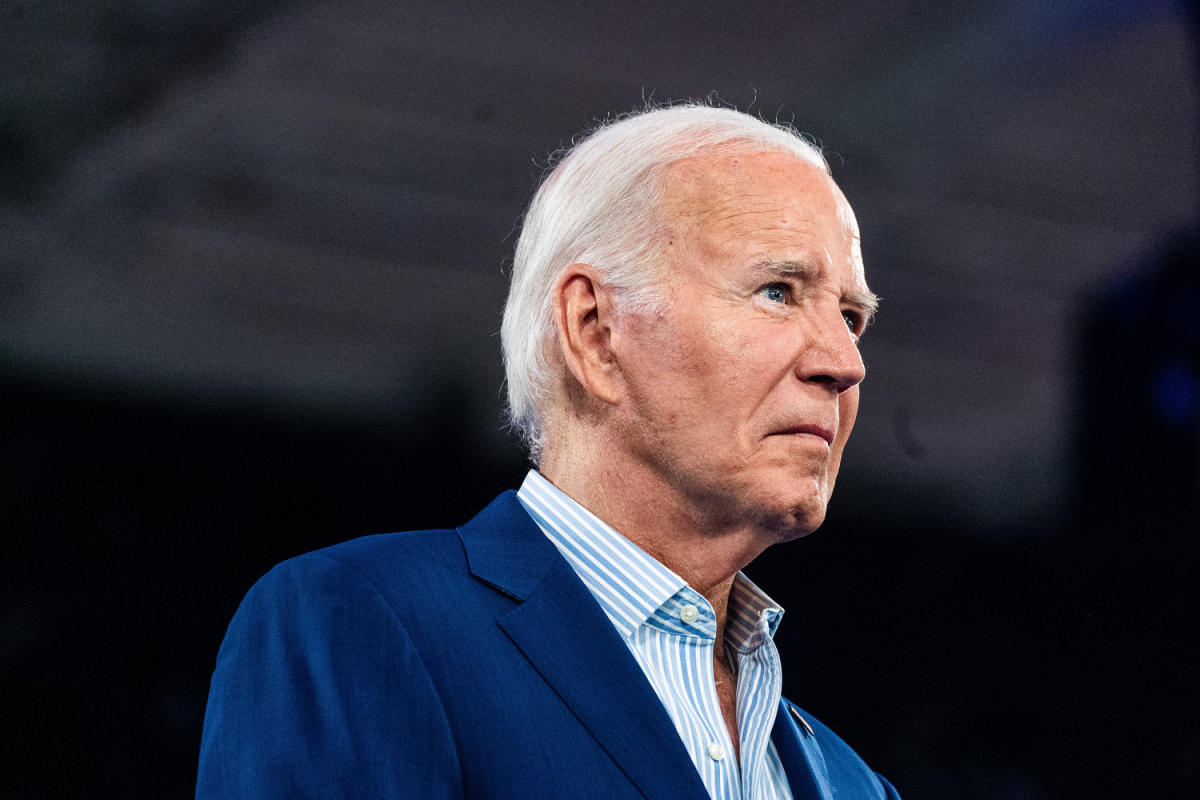Rio Tinto RIO has announced it will invest $143 million to develop a research and development facility in Western Australia to test the effectiveness of its breakthrough low-carbon ironmaking process, BioIron.
BioIron uses raw biomass material produced from agricultural by-products instead of metallurgical coal and is heated using a combination of gas released from the biomass and high-efficiency microwaves, powered by renewable energy, which turn the iron ore into metallic iron. This process uses approximately 65% less electricity during steel production compared to other green hydrogen technologies.
According to Rio Tinto forecasts, BioIron, combined with renewable energy and carbon circulation through fast-growing biomass, has the potential to reduce CO2 emissions by up to 95% compared to the current blast furnace method.
The initiative to build the research and development facility follows successful trials of BioIron in a small-scale pilot plant in Germany. The new plant will include a pilot plant ten times the size of the German plant and capable of producing one tonne of direct reduced iron per hour. The BioIron process will be tested on a semi-industrial scale for the first time. The plant will provide the necessary data to assess further scale-up of the technology to a larger demonstration plant.
The factory was designed in collaboration with the University of Nottingham, Metso Corporation and Western Australian engineering firm Sedgman Onyx. Manufacturing of the equipment will begin this year and commissioning is expected in 2026.
Industry-wide efforts to reduce emissions
Steel production is responsible for approximately 8% of the world’s CO2 emissions. Most of these emissions arise during the industrial process of converting the raw material iron ore into steel. Miners, through individual research and partnerships, are working to develop technologies and solutions to reduce the intensity of greenhouse gas (GHG) emissions from the steelmaking process.
Steel production is responsible for 66% of Rio Tinto’s Scope 3 emissions. It has set a target to reduce CO2 emissions in Scope 1 and 2 by 15% by 2025 and 50% by 2030, compared to 2018 levels. The company expects to achieve net zero emissions from its operations by 2050.
By 2023, RIO achieved a 5.5% reduction in Scope 1 and 2 greenhouse gas emissions, which was below the 2018 baseline. The company has spent $425 million on decarbonization efforts by 2023. It has budgeted a total of $5 billion to $6 billion in capital expenditures for the 2022-2030 period, including $1.5 billion in cumulative expenditures for the 2024-2026 period.
Rio Tinto’s colleague Fortescue Ltd FSUGY has set a goal of achieving net zero Scope 3 emissions by 2040. The steelmaking process is the largest source of Scope 3 emissions, accounting for 98% of emissions.
Fortescue has identified solutions to eliminate approximately 90% of carbon dioxide equivalent terrestrial emissions associated with its Australian iron operations by 2030. In September 2022, the company committed $6.2 billion to realize this plan.
Another great miner, BHP Group BHP is also pursuing its long-term goal of achieving net Scope 3 greenhouse gas emissions by 2050. The company expects to reduce operational greenhouse gas emissions by at least 30% by 2030 compared to 2020 levels.
In fiscal 2023, BHP spent $122 million on initiatives related to emissions reductions, in areas such as steelmaking and shipping. From the 2024 financial year to 2030, BHP expects to spend around $4 billion on operational decarbonisation, with plans reflecting an annual capital allocation of between around $250 million and $950 million per year over the next five years.
Another iron miner, VALE SA VALE plans to invest at least $2 billion to reduce direct and indirect CO2 emissions (Scope 1 and 2) by 33% by 2030, compared to 2017 emissions. It will also help reduce emissions from its suppliers (Scope 3) reduce by 15%. by 2035 compared to 2018 emissions levels. Vale aims to be carbon neutral by 2050.
Price Performance and Zacks Rank
Over the past year, Rio Tinto shares are up 10.4%, compared to the industry’s growth of 15.8%.

Image source: Zacks Investment Research
Rio Tinto currently has a Zacks Rank #3 (Hold). You can see You can see the complete list of today’s Zacks #1 Rank (Strong Buy) stocks here.
Want the latest recommendations from Zacks Investment Research? Today you can download the 7 best stocks for the next 30 days. Click to get this free report
BHP Group Limited Sponsored ADR (BHP): Free Stock Analysis Report
VALE SA (VALE): Free stock analysis report
Rio Tinto PLC (RIO): Free Stock Analysis Report
Fortescue Ltd. Sponsored ADR (FSUGY): Free Stock Analysis Report
To read this article on Zacks.com, click here.
Zacks Investment Research







